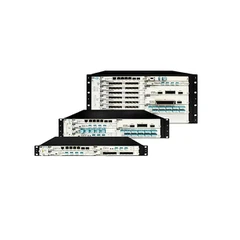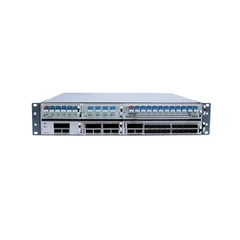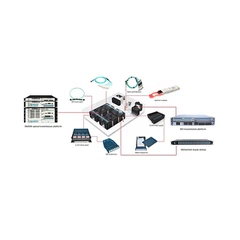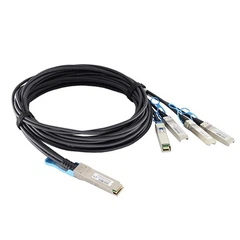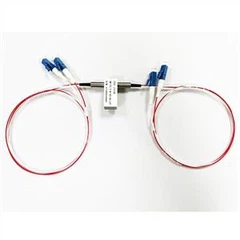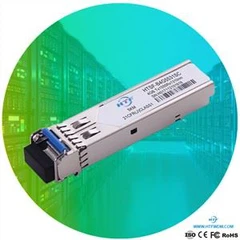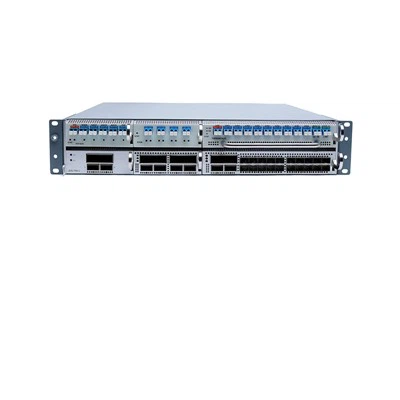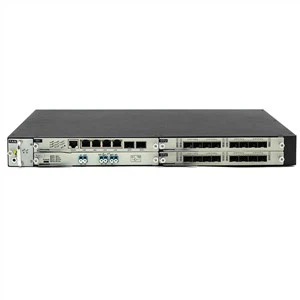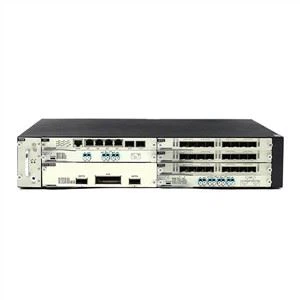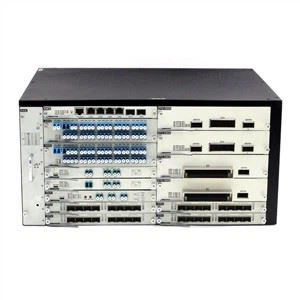In the surge of artificial intelligence, video has become the new language of creation.
From OpenAI's Sora to Runway, Pika, and Kaiber, AI can now transform text into vivid moving images within seconds, turning imagination into dynamic visual reality. Video generation is no longer a manual art-it is a symphony of algorithms, computing power, and data flow.
Yet the real revolution behind this transformation is not only in algorithms, but in the speed of data transmission. When an AI model generates a two-minute 4K video, it produces over 30 TB of intermediate data-features, activations, and frame buffers-that must be exchanged repeatedly between GPU nodes. Even though the final output may stream at only 20 Mbps, the underlying network load can be hundreds or even thousands of times greater.
According to MarketsandMarkets (2024), the global generative-AI video market is growing at a compound annual rate of 42.6%, expected to exceed USD 52 billion by 2030. This explosive growth is driving data infrastructure to its limits, making bandwidth-not algorithms-the new frontier of innovation.
As AI models scale, 400 G optical interconnects have become the lifeblood of the intelligent era.
Dell'Oro Group (2024) projects that by 2026, data centers worldwide will deploy more than 70 million 400 G ports, with the 400 G OTN equipment market reaching USD 9.2 billion. At the same time, leading cloud and AI providers like NVIDIA and Google Cloud have already standardized on 400 G OTN architectures for intra-data-center and inter-region connectivity.
Amid this accelerating data highway, the HTF 400 G OTN Muxponder stands as the hidden engine that keeps it all moving.
This device aggregates multiple 100 G or 200 G client signals into a single 400 G wavelength, enabling dense, low-latency, high-capacity transmission. Built with forward-error correction (FEC) and CFP2 coherent optics, it maintains signal integrity across hundreds of kilometers of fiber and scales to 64 × 400 G = 25.6 Tbps of total system throughput.
That performance allows data centers to transmit massive AI video workloads with fewer fibers, lower power consumption, and greater efficiency-sustaining the creative explosion of the AI era.
The process of AI video generation is, at its essence, a dance of data. Every frame, every motion, every real-time refinement requires perfect synchronization across distributed GPU clusters. The OpenAI Technical Report (2024) reveals that its multimodal models have already surpassed 45 PB (Petabytes) of training data. In such an environment, even a 1-millisecond delay can cause measurable throughput loss. Only 400 G optical transmission provides the speed and capacity to keep up with this creative tempo.
According to LightCounting (2025), although 800 G and 1.6 T modules are advancing quickly, 400 G will remain the dominant wavelength in global AI data centers for the next three years. Its balance of bandwidth density, power efficiency, and cost makes it the most practical standard for current AI video infrastructures.
Across every stage of AI video creation, the value of 400 G connectivity is unmistakable.
When cloud creators type a script and models render scenes instantly, 400 G links ensure uninterrupted distributed computation.
When AI-powered video conferencing merges virtual backgrounds and real-time avatars, 400 G OTN keeps every frame synchronized with millisecond precision.
When film studios and rendering farms collaborate across cities, the same light-speed connection carries terabytes of texture, model, and animation data without lag or loss.
In this sense, the HTF 400 G Muxponder is more than a device-it is an enabler of intelligent connection. It allows AI's thoughts to move at the speed of light, turning raw computing power into flowing creativity.
With over a decade of R&D experience in WDM and OTN systems, HTF (Shenzhen HTFuture Co., Ltd.) serves clients in more than 100 countries and regions, holding 160+ invention patents and 120+ independent intellectual-property rights. Its 400 G solutions deliver high-reliability, low-latency optical transmission across AI interconnects, 5 G cores, and cloud-computing networks worldwide.
In the age of AI video, computing is the brain, algorithms are the mind-and light is the nervous system that connects them.
HTF is channeling that light to make intelligence flow.
The future of AI video is not only about generating data-it is about transmitting light.
Every flash of inspiration, every frame of imagination, travels on a beam of brilliance.
And that beam of light comes from HTF.


